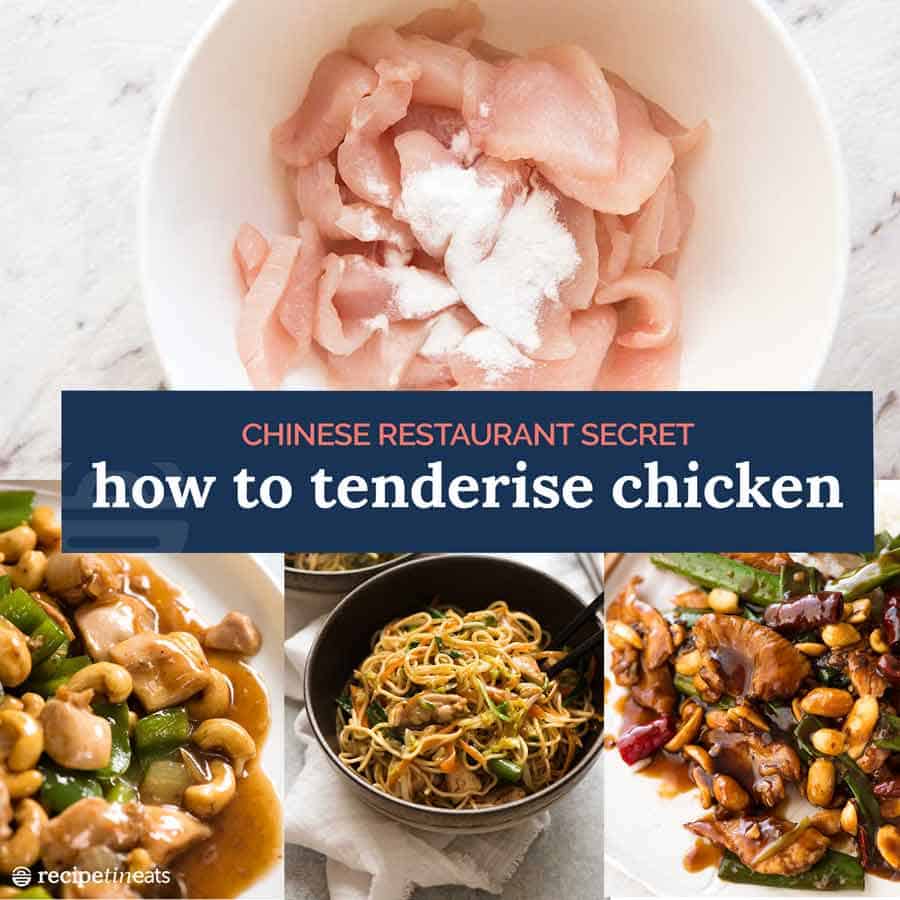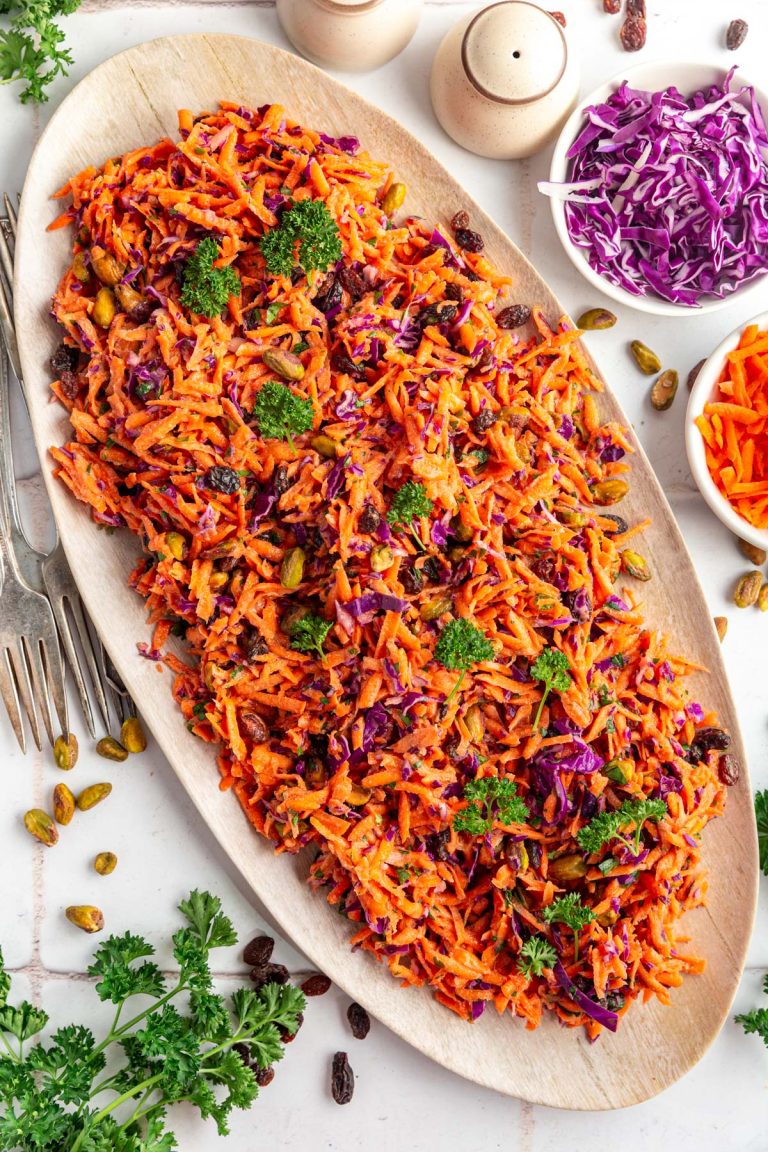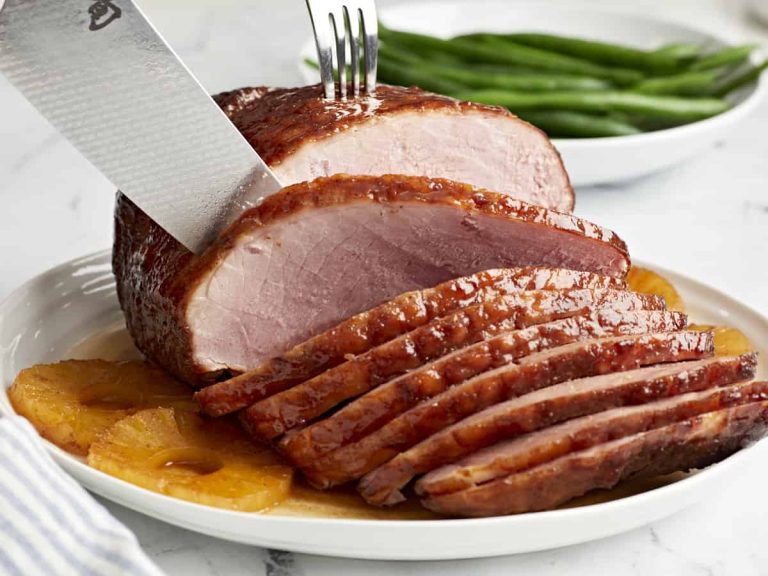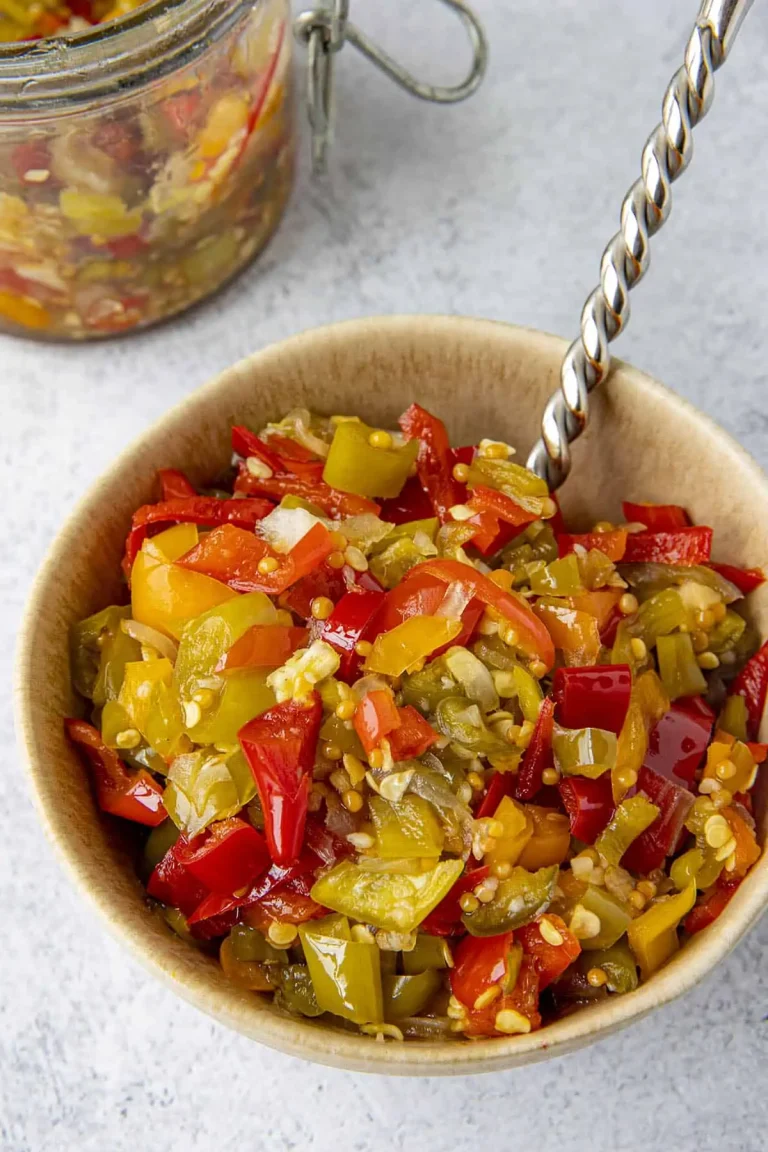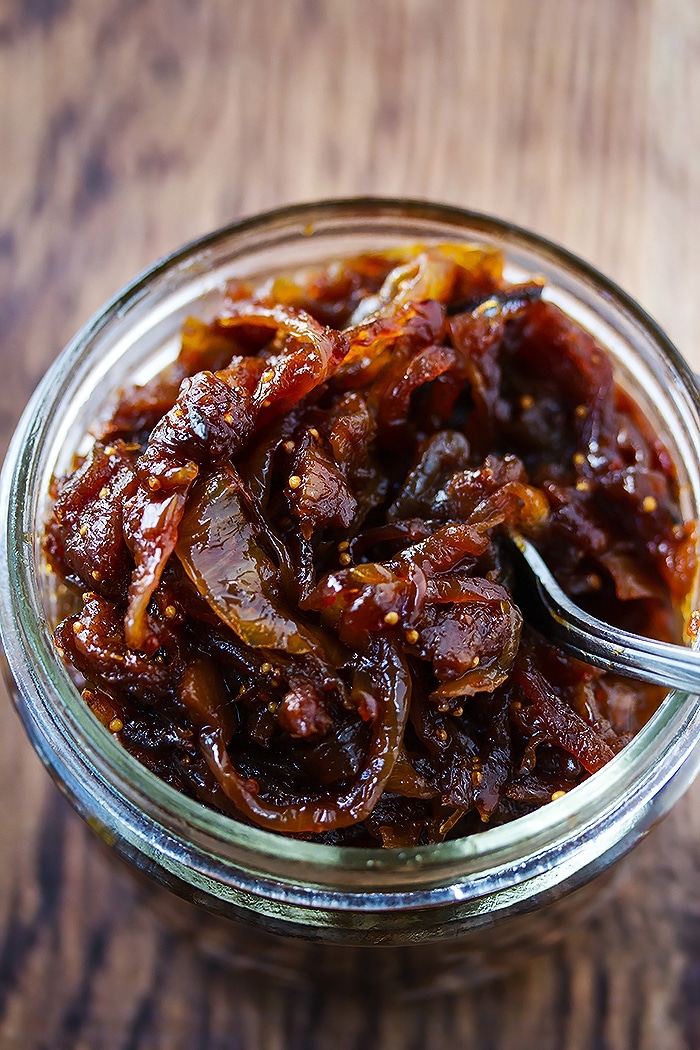Velveting Chicken Breast Chinese Restaurant Style at Home
Velveting is a Chinese cooking technique that makes chicken breast tender and silky. This process involves marinating chicken in a mixture of egg whites, cornstarch, and other ingredients. Following the marinade, the chicken undergoes a brief blanching in hot oil or water. This method locks in moisture and results in a texture that’s challenging to achieve with traditional cooking techniques.
Key Ingredients for Velveting
Key ingredients in velveting include:
- Egg Whites: Egg whites help coat the chicken, giving it a smooth texture.
- Cornstarch: Cornstarch thickens the marinade, contributing to the velvety feel.
- Shaoxing Wine: This cooking wine adds depth to the marinade.
- Salt: Salt enhances the flavor of the chicken.
- Oil or Water: Hot oil or water helps briefly cook the chicken during the blanching process.
Using these ingredients ensures the chicken breast achieves the desired tenderness and silky texture typical of Chinese restaurant dishes.
The Benefits of Velveting Chicken Breast
Texture Enhancement
Velveting significantly improves chicken breast texture. This technique ensures the meat stays tender due to the egg whites and cornstarch mixture forming a protective layer. This layer reduces direct heat exposure, preventing overcooking. Restaurants commonly use this method to create silky, soft chicken. You’ll notice a stark difference compared to traditionally cooked chicken, which often turns out dry.
Flavor Retention
Velveting locks in the chicken’s natural juices. By briefly blanching the marinated chicken, you seal in its flavors, enhancing your dish’s overall taste. Shaoxing wine, salt, and other marinade ingredients contribute additional layers of flavor. You’ll experience a more robust taste with velveting, unlike the often bland flavor of conventionally cooked chicken.
Step-by-Step Guide to Velveting Chicken Breast Chinese Restaurant Style
Preparing the Marinade
Combine egg whites, cornstarch, Shaoxing wine, and salt in a bowl. Mix until smooth to ensure an even coat on the chicken. Slice the chicken breast into thin, even pieces, about ¼-inch thick. Add the chicken to the marinade and stir until all pieces are well-coated. Marinate the chicken for at least 30 minutes, though 1 hour is optimal for maximum tenderness.
The Cooking Process
Blanch the chicken in hot oil or water. Heat enough oil or water in a wok or pot to submerge the chicken pieces. For water blanching, bring water to a boil; for oil blanching, heat oil to 275°F. Add the marinated chicken to the hot oil or water and stir gently for 30–60 seconds. The chicken should turn opaque but not fully cook. Remove the chicken and drain any excess oil or water.
Stir-fry velvetted chicken. Heat a small amount of oil in a wok over medium-high heat. Add your choice of vegetables (e.g., bell peppers, broccoli) and aromatics (e.g., garlic, ginger). Stir-fry for 2–3 minutes. Add the partially cooked chicken and your favorite sauce (e.g., soy sauce, oyster sauce). Stir-fry until the chicken is fully cooked and the sauce evenly coats all ingredients. Serve immediately.
Tips for Perfect Velveting at Home
Choosing the Right Chicken
Selecting top-quality chicken is crucial for successful velveting. Opt for skinless, boneless chicken breast, as it offers the most consistent texture. Ensure the meat is fresh and not frozen to avoid excess moisture during marination. Slice the chicken breast thin, around ¼ inch thick, for even marinating and cooking. Uniform pieces help achieve a consistent, tender texture.
- Over-Marinating: Leaving the chicken in the marinade for more than 60 minutes can make the texture mushy. Stick to the recommended 30 minutes to an hour.
- Incorrect Oil Temperature: Blanching in oil that’s too hot or too cool can affect the chicken’s texture. Maintain a steady temperature between 280°F and 300°F (138°C to 149°C) for best results.
- Skipping Steps: Each step in the velveting process is crucial. Skipping the blanching step can result in unevenly cooked chicken.
- Using Too Much Cornstarch: Overloading the marinade with cornstarch can create a pasty coating. Use 1 to 2 tablespoons per pound of chicken for optimal results.
By following these tips, you can ensure the chicken breast is perfectly velveted, capturing the essence of Chinese restaurant-quality dishes.
Conclusion
Mastering the art of velveting chicken breast can elevate your home-cooked Chinese dishes to restaurant-quality levels. With the right ingredients and careful attention to each step, you’ll achieve that tender, flavorful texture that’s the hallmark of this technique. Remember to select good-quality chicken, avoid over-marinating, and maintain the correct oil temperature during blanching. By following these tips, you can confidently serve a dish that’s both delicious and impressive. Enjoy the satisfaction of creating velvety chicken that rivals your favorite Chinese restaurant.
